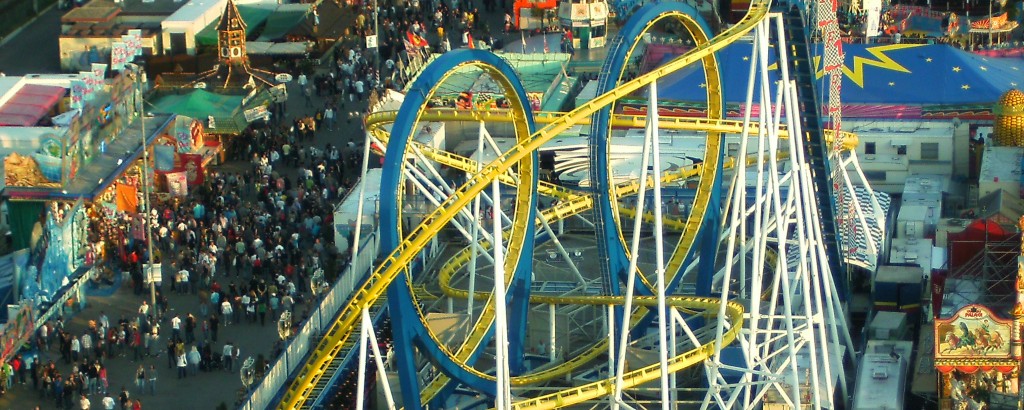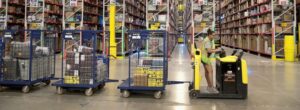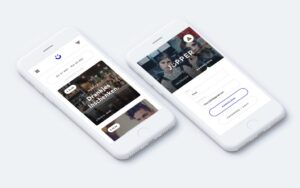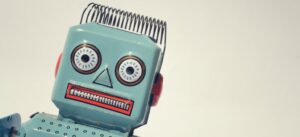During the first year of my studies Digital Business Concepts, we are divided into four periods. In each period, I work with a team of around five people on a project where we develop digital concepts for real clients, including big names like Twitter and Microsoft, as well as smaller businesses. I’ve decided to write a blog article about each project to share the concepts we’ve created.
The client for my first project is Eric Ariëns, the former director of Sanoma, who now runs his own company called Strossle. Strossle specializes in intelligently displaying advertisements within news articles, a strategy known as ‘native advertising’. The company was founded a year ago and already employs fifty people.
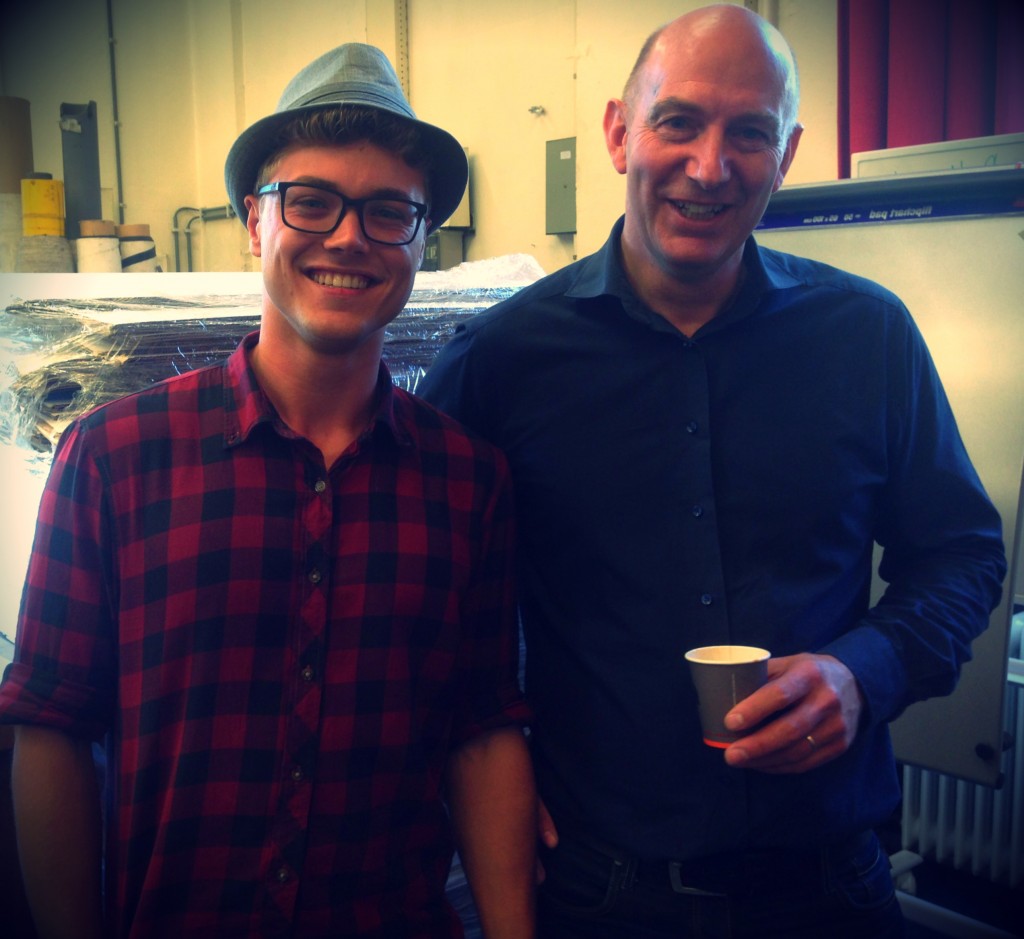
For this project, I am tasked with inventing a service or product in the realm of proximity marketing. Proximity marketing involves sending (advertising) content to a device via a local wireless distribution, typically based on the user’s location. For example, if you frequently shop at de Bijenkorf and have their app installed on your phone, the store could send you a notification via Bluetooth when you’re nearby, offering a promotion like “Hey, currently there are 2 pants for the price of 1.
Our concept, named SmartFair, aims to make the Tilburg fair more effective and efficient through proximity marketing. SmartFair is an app designed to enhance the fair experience. It features a large map that you can zoom in and out of (similar to Google Maps), where you can see the locations of attractions, stalls, and associated events. There’s also a built-in rating system to review these spots.
The app allows you to top up a balance, with which you can pay at attractions (instead of using traditional ride tokens). When you spend a certain amount or go on a certain number of rides, you can receive a discount. This could be a discount on a specific attraction or a free beer. The discounts are intended to motivate users to download our fair app.
The interface of our application is designed to be user-friendly, with clear navigation and functionality.



Our concept utilizes iBeacons and Bluetooth to track the location of visitors, in accordance with the terms and conditions that must be accepted upon downloading the app. This data allows us to:
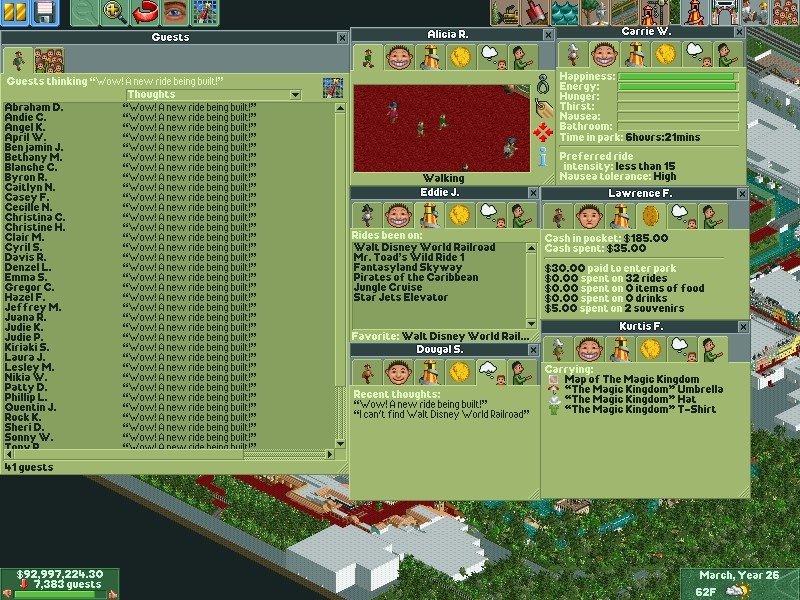
The final result of our project was seen by the client as a realistic and creative idea. However, there was a question about whether the municipality would be willing to fund such a concept, as innovation often presents challenges. Additionally, the prevalence of black money in this industry makes it difficult to convince fair operators to switch to our payment system. Despite these challenges, my contribution this semester was rewarded with a grade of 8.2.
